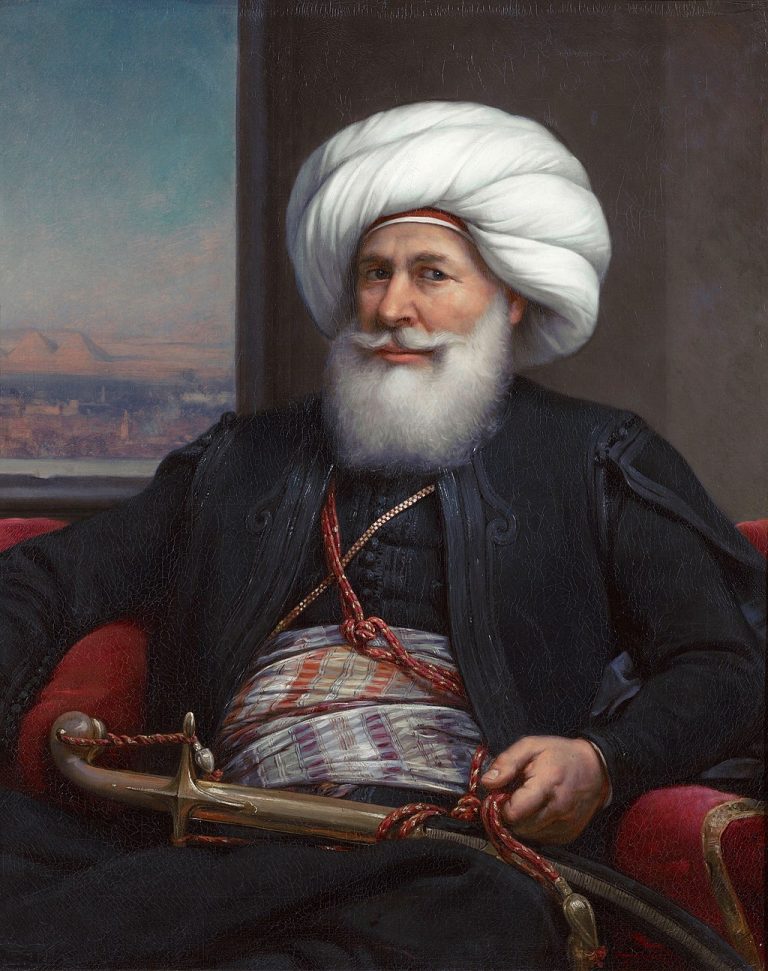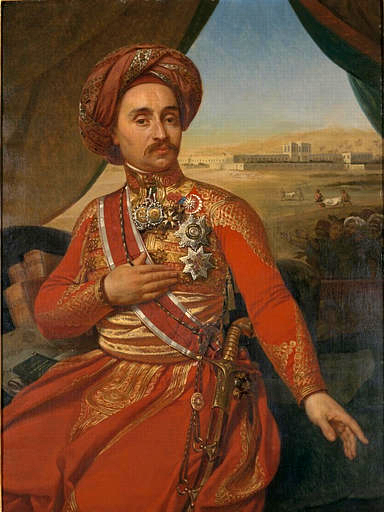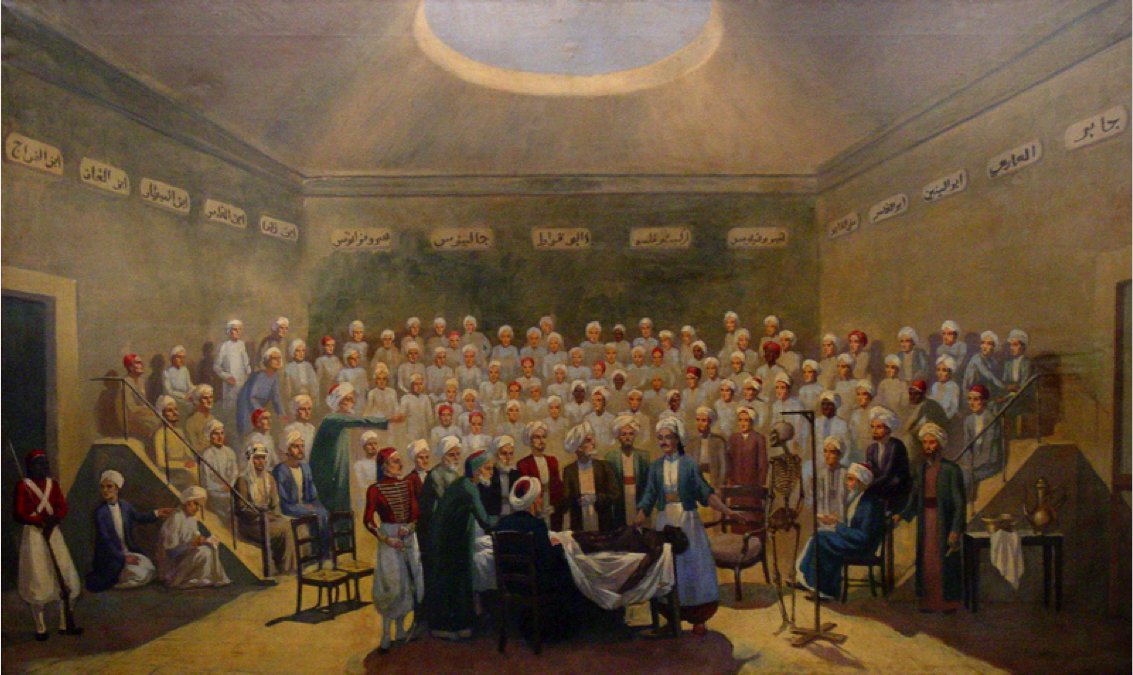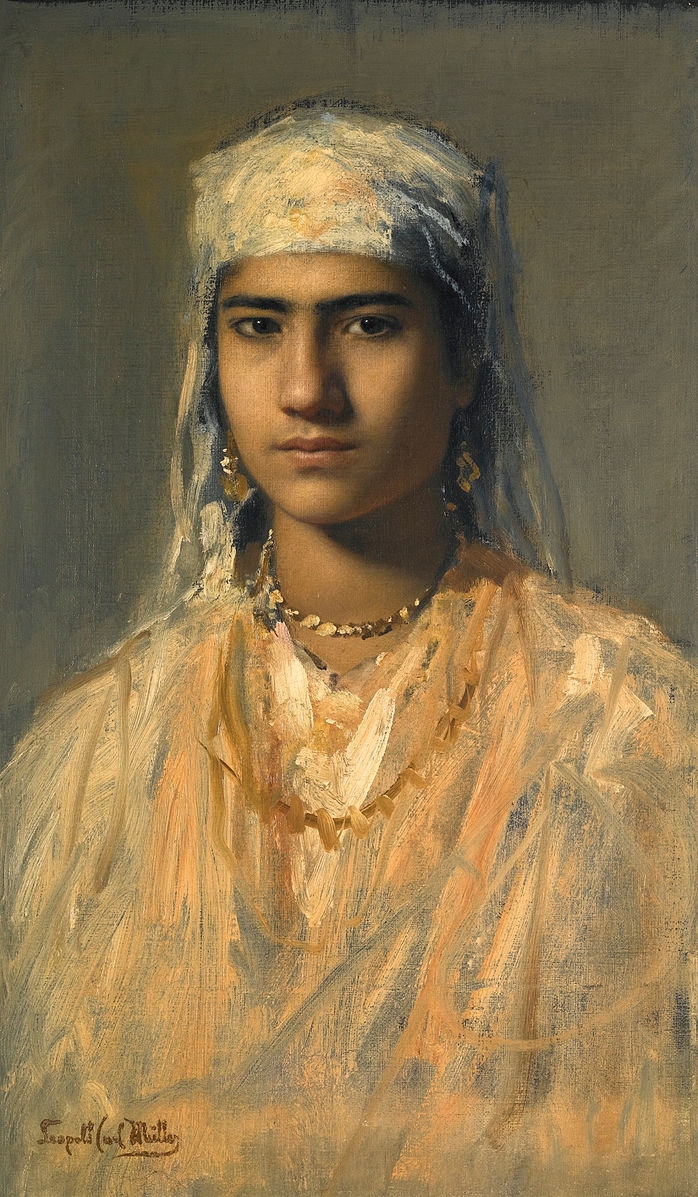I'm your host, @khowaga. Let's continue with the #history of public health in 19th century #Egypt.
The French were evacuated from Egypt in 1801. The power vacuum was eventually filled by Mehmet Ali, who was proclaimed Ottoman viceroy in 1805. (1/27)
#Tweetistorian #histmed
The French were evacuated from Egypt in 1801. The power vacuum was eventually filled by Mehmet Ali, who was proclaimed Ottoman viceroy in 1805. (1/27)
#Tweetistorian #histmed
Mehmet Ali, you'll remember, was an ethnic Albanian general in the Ottoman army and newcomer to Egypt. His name is often Arabized as Muḥammad ᶜAlī, but since he never really learned Arabic, I use the Turkish spelling. (It also uses fewer characters--a Twitter win!) (2/27)
Mehmet Ali saw enormous potential in Egypt and aimed to strengthen the country’s military, economy, and government against future European attempts at colonization. This wasn't entirely altruistic--there was money to be made in all of this. (3/27)
There is much to be said about Mehmet Ali, and I am not the one to say most of it. By 1824, the Egyptian army had grown to 150,000 men (out of a national population of around 4-5 million), stationed throughout Egypt, Crete, Syria, and Kordofan. (4/27)
Keeping the men healthy proved to be a problem. Smallpox was a recurring issue in Egypt. While stationed away from home, syphilis became a problem because it required infected men to be hospitalized for weeks or months. (5/27)
And in 1824, an epidemic of plague swept through Cairo, again severely impacting the military's ranks and readiness. (6/27)
Into the story comes Our Hero, Antoine Barthélémy Clot, later created Clot-Bey, a thirty-one year old French physician and surgeon from Marseilles, who eventually became a close advisor and confidant to Mehmet Ali. (7/27)
Clot arrived in Alexandria in January 1825 to assume the title of physician and surgeon-in-chief of the Egyptian army, tasked with keeping Egypt’s military healthy and ready to fight. (8/27)
Clot proposed the establishment of a permanent military hospital for the army at Abū Zaᶜbal, a training camp 15 kilometers from Cairo, a second hospital for the navy at Alexandria, and mobile field hospitals for each regiment of four thousand men. (9/27)
He was determined that the new medical corps should consist primarily of Egyptians, writing to Mehmet Ali that “In order to be lasting, useful institutions should be national and independent of the cooperation of foreigners.” (10/27)
The Egyptian School of Medicine was officially established under Clot’s directorship in 1827, with the first class graduated in 1832. Top graduates--hakims--went on to sit for qualifying examinations in Paris. Then, and only then, could they take the title "doctor." (11/27)
The project was derided and lampooned by several foreign counsels who insisted that the school was a waste of money and resources because “Arabs do not have the intelligence or the aptitude of other men.” (12/27)
In 1837, the medical school was moved from Abu Zaᶜbal to a derelict Mamlūk palace named Qaṣr al-ᶜAynī, located along the Nile opposite the island of Roda. The medical school remains in existance, now as part of Cairo University. (13/27)
I should note here that, although he was French, Clot was employed directly by the Egyptian state, and that medicine in Egypt did not have the hallmarks of what has become known as colonial medicine at this point. (14/27)
Conversely-and at the risk of sounding sympathetic toward colonialism (I'm really not)--there is in Clot's mission something of an alternate imperialism: France, through Clot, could take credit for bringing modernity to Egypt, creating a trade partner and military ally. (15/27)
On the historical figure of Clot and the role that colonialism would come to play, I point to Khaled Fahmy's "In Quest of Justice," and Hibba Abugideiri's Gender and the Making of Modern Medicine in Colonial Egypt." (16/27)
In 1832, Clot lobbied Mehmet Ali for permission to create a parallel educational institution for women. The School of Midwifery has been lauded—fairly—as “remarkable” and “an unprecedented experiment.” (17/27)
While unprecedented for the deeply gender-segregated society of nineteenth century Egypt, Hibba Abugideiri argues that the factors that led to the School of Midwifery’s founding were firmly in line with Mehmet Ali's mercantilistic development plan; (18/27)
specifically that female health officers could serve the half of the population that could not be attended by male physicians, thus not only protecting the health of the women who contributed to state projects, but also increasing overall health and hygiene nationwide. (19/27)
Despite the name, the six-year program included the study of anatomy and basic medicine, pre- and post-natal care, treating of diseases, dressing wounds, elementary surgery, vaccination, and the identification and dispensation of common medicines. (20/27)
The problem, as it turned out, was finding women to enroll. The first class consisted of Sudanese and Ethiopian women acquired from the slave market; some of the palace eunuchs were also sent to take part. (21/27)
While Clot, in his reports to an already dubious audience in France, maintained an air of optimism and suggested that the school had a vast number of candidates to choose from, students seem to have consisted almost exclusively of orphans, paupers, and homeless girls. (22/27)
LaVerne Kuhnke suspects that slaves and freedwomen remained part of the student body long after their presence was said to have ended. (23/27)
The School of Midwifery never reached the level of attendance it was designed for: by 1840 there were only eleven girls in attendance, and the Medical Council eventually revised its estimates so as to consider thirty students “fully enrolled." (24/27)
Enrollment eventually went up after the graduates--hakimas--began working, but, as Mona Russell observes, "The bottom line was that most Egyptian women were not interested in becoming medical officers for the state. (25/27)
"Medicine was not yet a prestigious career, even for men … Only women with few options in life came to the school." (26/27)
So, now that we have all of these doctors, hakims, and hakimas ... what did they do? Stay tuned! (/fin)
~csr
~csr

 Read on Twitter
Read on Twitter





